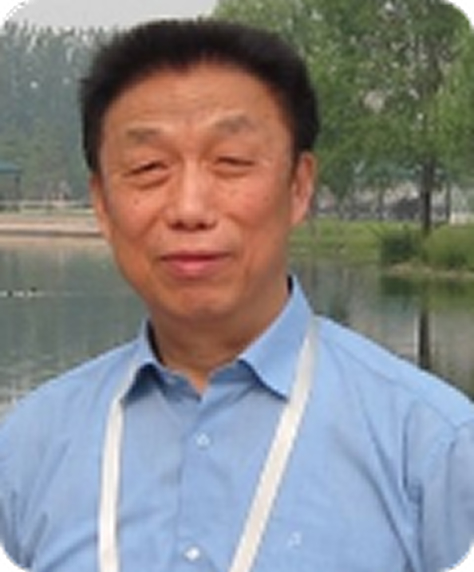
[placeholder]


HE Duohui
Professor, PhD Supervisor, Member of the Chinese Academy of Engineering
Professor, Doctoral Supervisor, Academician of the Chinese Academy of Engineering.
Presided over the design and construction of China's first dedicated synchrotron radiation facility.
Awardee of the First Prize of National Scientific and Technological Progress, National Model Worker, He Liang He Li Award, First Prize of Major Scientific and Technological Achievements of the Chinese Academy of Sciences, Special Prize of Scientific and Technological Progress of the Chinese Academy of Sciences, and Outstanding Achievement Award of Anhui Province.

